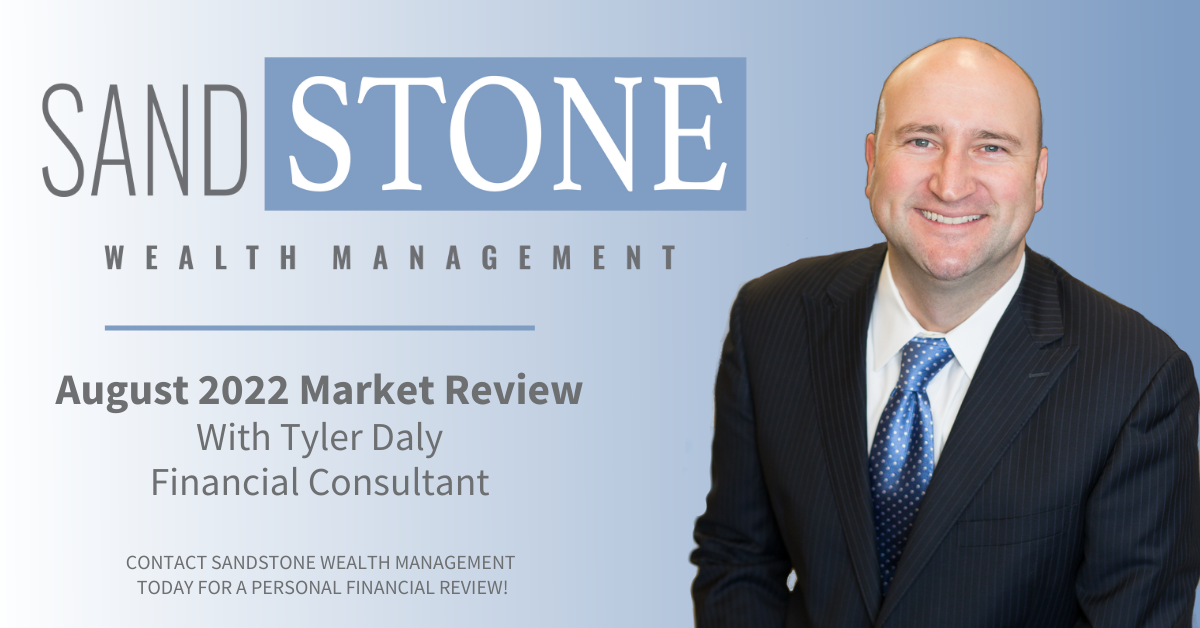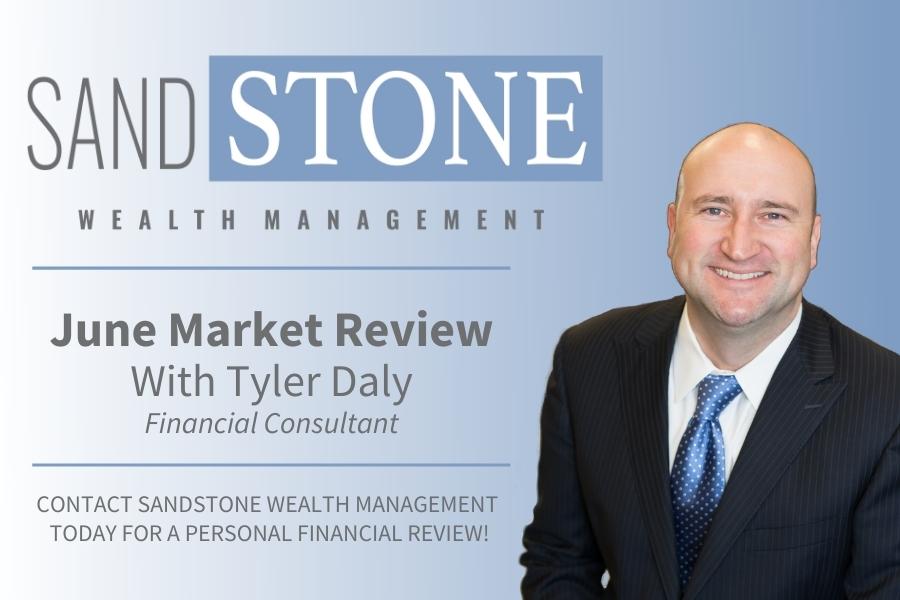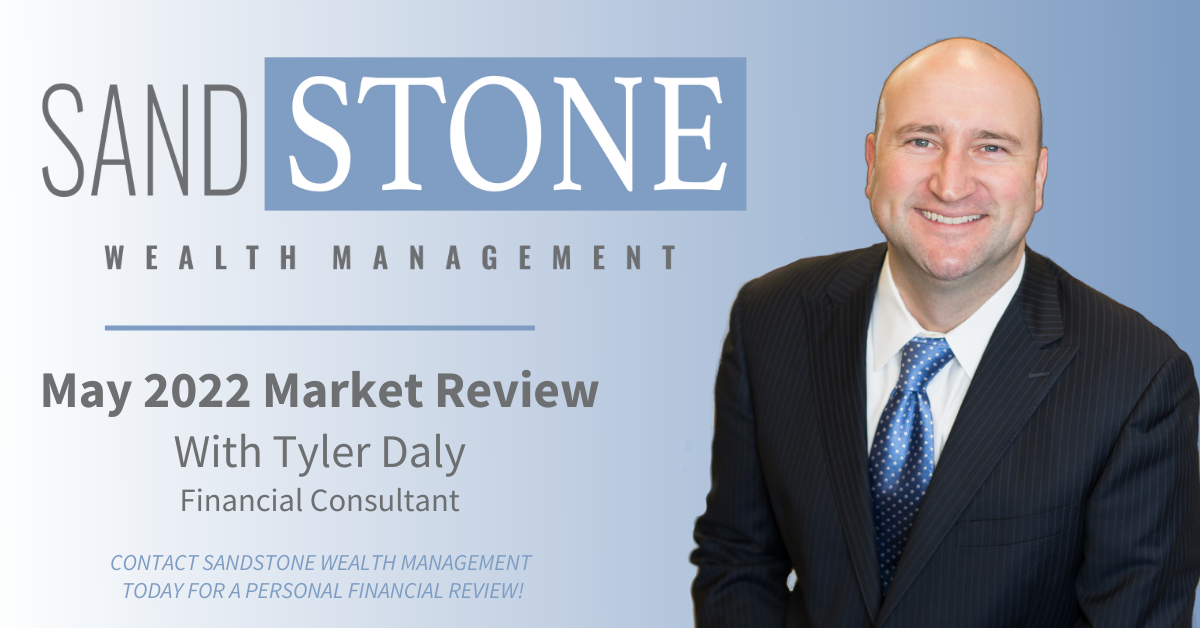
The three major domestic stock indexes continued to climb in May, extending the trend seen since the November U.S. presidential election. Growth slipped a bit mid-month but picked back up toward the end.
Although equity benchmarks around the world have toyed with record highs in recent months, headwinds remain for continued global growth. Concerns linger around political tensions in North Korea and in Europe as Brexit negotiations begin. At home, investors are waiting for the new federal administration to fulfill expectations on infrastructure spending and tax reform.
According to Conference Board date, Americans seem slightly less optimistic about jobs and business growth this month, but that’s in comparison to a 16-year high reached in March. Despite the slight decline, investors remain relatively confident that the domestic economy will continue its steady growth in the near term.
Markets have priced in a June hike in short-term rates from the Federal Reserve (Fed), according to Fixed Income Strategist Benjamin Streed. However, the central bankers may be concerned about the recent trend of soft inflation data. We also got clarity on the Fed’s plan to slowly divest its ~$4.5 trillion balance sheet over a number of years. More details will follow in the months ahead, but markets reacted positively (bond prices higher, yields lower).
| 4/28/17 Close | 5/31/17 Close | Change | Gain/Loss | |
|---|---|---|---|---|
| DJIA | 20,940.51 | 21,008.65 | +68.14 | +0.33% |
| NADSAQ | 6,047.61 | 6,198.52 | +150.91 | +2.50% |
| S&P 500 | 2,384.20 | 2,411.80 | +27.60 | +1.16% |
| MSCI EAFE | 1,833.70 | 1,883.32 | +49.62 | +2.71% |
| Russell 2000 | 1,400.43 | 1,370.21 | -30.22 | -2.16% |
| Bloomberg Barclays Aggregate Bond |
2,007.89 | 2,021.28 | +13.39 | +0.67% |
Here’s a look at what else is going on in the economy and capital markets, as well as key factors we are keeping an eye on.
Economy
- The Federal Open Market Committee left short-term interest rates unchanged at its May meeting, as expected, while policymakers described the first-quarter slowdown in gross domestic product as “transitory.”
- The unemployment rate fell further (4.4%) in April, while the underlying trend in nonfarm payrolls remained strong. On balance, the data are consistent with a June 14 Fed rate hike (although another employment report is expected on June 2).
- Consumer spending growth for the first quarter was revised higher, but remains soft. Business fixed investment was revised higher for the first quarter, but soft new orders hint at weaker results for the second quarter.
Equities
- The equity markets have transitioned from an interest-rate driven secular bull market to an earnings-driven one.
- Raymond James Chief Investment Strategist Jeff Saut believes that the “profits trough” for the S&P 500 occurred in the second quarter of last year with earnings gaining momentum ever since.
- For the first quarter, the estimated earnings growth rate for the S&P 500 is now 13.9%, which would mark the highest year-over-year earnings growth for the index since the third quarter 2011, according to Raymond James analysts.
International
- With the French election over, all eyes now turn to the June 8 meeting of the European Central Bank (ECB). Europe still needs extraordinary monetary policy support, which could help keep a lid on domestic yields as overseas investors see value in U.S. Treasuries.
- Market participants appear to be more enthusiastic about European equities and the euro given the possibility of economic reforms, according to Chris Bailey, European strategist, Raymond James Euro Equities*. He believes there are opportunities in pan-European investments.
- In Asia, the focus is on China’s efforts to build diplomatic links and infrastructure to boost trade and wealth through the Belt and Road initiative, which is essentially a modern-day trade route through Asia and Europe.
- After making some headway, oil fell below $50 after OPEC voted to extend production cuts by nine months.
Fixed income
- The only somewhat significant change since the beginning of 2016 is an increase in the yield curve for short-term bonds (under one year). Five years and out, rates are slightly lower, despite two Fed rate hikes, according to Raymond James Senior Fixed Income Strategist Doug Drabik.
- Two significant observations: Rates do not move in unison across the curve and the market is dictating the longer-end of the curve, not the Fed.
- Demand for U.S. securities remains high as evidenced by strong foreign participation in Treasury auctions. Continued global rate disparity is one of the main reasons.
- As inflation remains low, real rates in the United States appear even more attractive than overseas rates.
- Short-term (i.e., less than five years) municipals appear expensive, while longer-dated 10- and 30-year bonds are more fairly valued, according to Fixed Income Strategist Benjamin Streed.
- There is a significant gap between reinvestment needs and newly available bonds, meaning muni demand outstrips supply, Streed explained.
Bottom line
- Equity markets remain in a secular bull market that has years left to run, concludes Saut.
Please let me know if you have any questions about recent market events or how to position your long-term financial plan for the months ahead. I look forward to speaking with you.
Sincerely,
Tyler Daly
Financial Advisor
Raymond James Financial Services, Inc.
*Investing involves risk, and investors may incur a profit or a loss. Past performance is not an indication of future results and there is no assurance that any of the forecasts mentioned will occur. Investors cannot invest directly in an index. The Dow Jones Industrial Average is an unmanaged index of 30 widely held stocks. The NASDAQ Composite Index is an unmanaged index of all common stocks listed on the NASDAQ National Stock Market. The S&P 500 is an unmanaged index of 500 widely held stocks. The MSCI EAFE (Europe, Australia, Far East) index is an unmanaged index that is generally considered representative of the international stock market. International investing involves additional risks such as currency fluctuations, differing financial accounting standards, and possible political and economic instability. These risks are greater in emerging markets. The performance noted does not include fees or charges, which would reduce an investor's returns.
©2016 Raymond James Financial Services, Inc., member FINRA/SIPC. Securities offered through Raymond James Financial Services, Inc., member FINRA/SIPC, and are not insured by any financial institution insurance, the FDIC/NCUA or any other government agency, are not deposits or obligations of the financial institution, are not guaranteed by the financial institution, and are subject to risks, including the possible loss of principal. Raymond James is not affiliated with the financial institution or the investment center.

Tyler has been in the financial services industry since 2004 and with Sandstone Wealth Management and Heartland Bank since 2009. He is Series 7, 66 and Insurance licensed to assist his clients with all their investing, financial planning, and insurance needs. Tyler was recently named to the Forbes List of America's Top Next-Generation Wealth Advisor, which recognizes advisors from national, regional, and independent firms. Tyler graduated from the University of Nebraska-Lincoln with a Bachelor’s Degree in Diversified Agriculture and was born and raised in the Nebraska Sandhills. This gives him an intimate knowledge and understanding of his farming and ranching clients. Tyler is married to Rachel, who earned her Doctorate of Pharmacy from the University of Nebraska. They have two children, Camilla and Cooper. Away from business, he enjoys officiating high school basketball in the winter as well as golfing and team roping in the summer.


.png)

.jpg)

.jpg)

.png)



